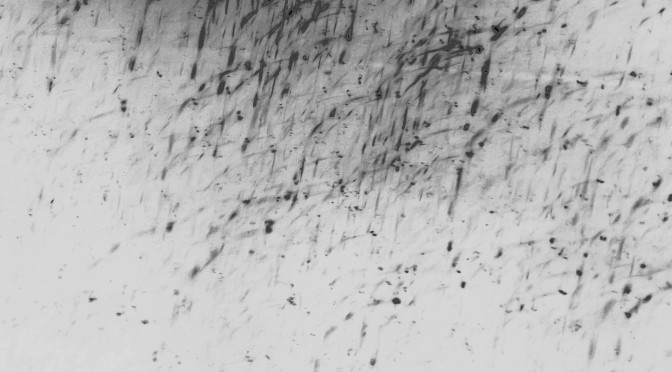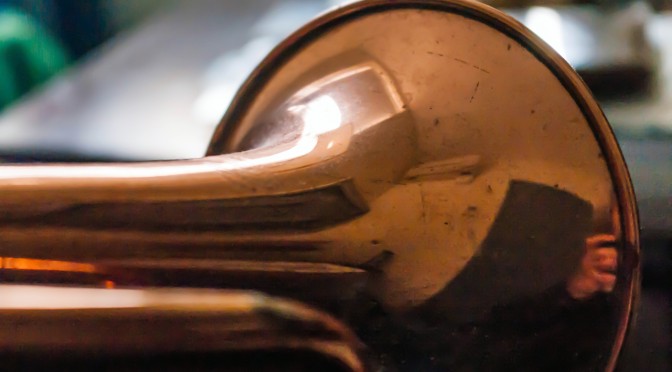This is the first of a series of three posts – I hope it’s only three – in which I explore the relationships between my views on cultural evolution and the views of more orthodox thinkers. The number of thinkers is in fact quite large, but I don’t intended to be exhaustive, just indicative. For the most part I’ll be working with reference to two sources:
1.) Alex Mesoudi, Cultural Evolution: How Darwinian Theory Can Explain Human Culture & Synthesize the Social Sciences, Chicago: 2011.
2.) An online report of a workshop that Daniel Dennett convened at the Santa Fe Institute that included the following evolutionary thinkers: Susan Blackmore, Robert Boyd, Nicolas Claidière, Peter Godfrey-Smith, Joseph Henrich, Olivier Morin, Peter Richerson, Dan Sperber, Kim Sterelny. Note that while most of these thinkers have special interests in cultural evolution, two of them are more generally interested in evolution, Godfrey-Smith and Sterelny.
In this first post I’m concerned with a general framework in which to think about culture and its evolution. In the second post I’ll examine the micro-scale mechanisms of cultural evolution, the cultural analogues to the biological gene and phenotype. In the third post I’ll look at the large-scale dynamics of cultural evolution. And, who knows, maybe there will be a fourth post to put things together. We’ll see.
Stability in the Mesh
Let me start out with a standard distinction, between culture and society. A society is a group of people and culture is the attitudes, ideas, customs, and practices through which they interact. Thus I will not be using the term “culture” to refer to a society, a common usage.
In the simplest societies people lived in relatively small bands of hunter-gatherers and had relatively few material possessions. Whatever they possessed they had to carry with them from one place to another. Everyone knew everyone else and they were, as well, acquainted with those living in neighboring bands. Those people were, after all, their friends and relatives.
When I talk of the mesh I mean those people and their relationships among one another, among and with their material goods, and with the features and creatures of their environment. That is where human culture arose, in that mesh. Culture provides a means of enriching those relationships, both by introducing new entities into the mesh – whether handcrafted objects, new activities, or various abstract entities, and so forth – and by establishing new kinds of relationships among entities in the mesh.
It is only to the extent that these entities and relationships are stable that the group can be said to have a coherent culture. Dawkins makes that point with respect to biology in the second chapter of The Selfish Gene (p. 12):
Darwin’s ‘survival of the fittest’ is really a special case of a more general law of survival of the stable. The universe is populated by stable things. A stable thing is a collection of atoms that is permanent enough or common enough to deserve a name. It may be a unique collection of atoms, such as the Matterhorn, that lasts long enough to be worth naming. Or it may be a class of entities, such as rain drops, that come into existence at a sufficiently high rate to deserve a collective name, even if any one of them is short-lived. The things that we see around us, and which we think of as needing explanation–rocks, galaxies, ocean waves–are all, to a greater or lesser extent, stable patterns of atoms. Soap bubbles tend to be spherical because this is a stable configuration for thin films filled with gas. In a spacecraft, water is spherical globules, but on earth, where there is gravity, the stable surface for standing water is flat and horizontal. Salt crystals tend to be cubes because this is a stable way of packing sodium and chloride atoms together. In the sun the simplest atoms of all, hydrogen atoms, are fusing to form helium atoms, because in the conditions that prevail there the helium configuration is more stable. Other even more complex atoms are being formed in stars all over the universe, and were formed in the ‘big bang’ which, according to prevailing theory, initiated the universe. This is originally where the elements on our world came from.
Dawkins then goes on to argue that stability in the biological world depends on molecules he will call replicators (p. 15). At first these replicators were free-floaters in the primeval biomolecular soup. In time they became (p. 20) “genes, and we are their survival machines.” I understand that there is some controversy within biology as to whether or not Dawkinsian replicators are in fact the source of stability in the biosphere (see Peter Godfrey-Smith, The Replicator in Retrospect, Biology and Philosophy 15 (2000): 403-423), but that is secondary to my current purpose.
What’s important is Dawkins’s plea for stability as the necessary precursor to meaningful change. That is as important in culture as in biology. Without stability there is no chance of accumulation cultural innovations.
With this in mind, let’s go back in time. Here’s a passage from my review of Steven Mithen’s book on music (“Synch, Song, and Society”, Human Nature Review 5, 2005, pp. 66-85):
Obviously we have no record of these utterances, but the archeological record does have indications of cultural conservatism. The repertoire of stone tools was both limited and unchanged between 1.8 and 0.25 million years ago; Mithen gives particular emphasis to the constant form of hand-axes (164). Mithen suggests that, because their finely wrought form exceeds the practical demands of butchery, wood-working, and cutting plants, these hand-axes may have been fitness indicators in the sort of sexual selection regime Geoffrey Miller has advocated.
Beyond this, I note that Ralph Holloway (1969, 1981) long ago suggested that strongly conserved hand-axe form was an indicator of social norms. Those forms could not be conserved from one generation to the next unless there was a deliberate intention to do so. One has to note the significant features of an existing axe and discipline one’s knapping motions to produce that result. That is considerably more exacting than simply producing an axe with a sharp edge and appropriate heft. The motivation behind such exacting form, then, is not practical. Nor can it be merely aesthetic, which would allow for considerable individual variation. That leaves us with a desire to conform to social norms. Given the importance of such norms, that may in itself be a sufficient motivation for their form, to serve as a visible token of social solidarity. In any event, Holloway’s observation does not contradict Miller’s, and now Mithen’s hypothesis. Norms are norms, regardless of their specific purpose and norms that serve multiple ends are likely to be particularly strong.
My point is a simple one: the oldest evidence we have of specifically human cultural norms is of something that can be seen and therefor copied, those stone axes. Of course, we know little of the lifeways that those creatures lived. The oldest, of course, were not human. Since we cannot observe them we do not know exactly how they made those axes, but archaeologists have experimented and so we know something of the likely techniques.
Whatever those techniques were, exactly, those no particular mystery about how they were passed on from one person to another as the crafting would have been fully observable. As they saying goes, hominid, hominid do. What we don’t know is just what neuro-motor advances made this activity possible, nor why they did it. What we see in the fossil record, however, is stability, norms. That’s what we need to get started. Continue reading “Issues in Cultural Evolution 1: Cultural Stability in the Mesh”










